[ESP/ENGL] Aplicación Insecticida Natural
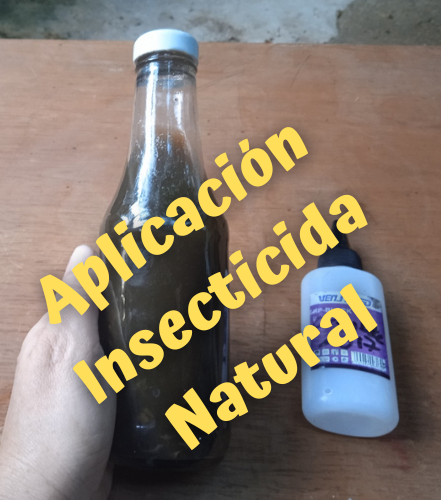
Cochinilla Algodonosa (Planoccocus citri) / Cottony Mealybug (Planoccocus citri) [ESP/ENGL]
Piojo Blanco (Pinnaspis aspidistraes) / White Louse (Pinnaspis aspidistraes) [ESP/ENGL]

I return after two months, with the fourth post in a series related to certain pests that are devastating the green areas of my home. As I already indicated, since 2020 certain plagues arose, but in 2021 they became more pronounced, leading to the death of some plants and taking away the vitality of others, so that they hardly produce any fruit. This led me to create a natural insecticide, which I initially wanted to apply to the trillolit plant (Combretum indicum) and the lemon tree (Citrus limon) on the site that is plagued by white lice (Pinnaspis aspidistraes), but in the end, I decided to just apply it to the lemon tree, (the trillolit is very large). I share these three publications below:
Cochinilla Algodonosa (Planoccocus citri) / Cottony Mealybug (Planoccocus citri) [ESP/ENGL]
Piojo Blanco (Pinnaspis aspidistraes) / White Louse (Pinnaspis aspidistraes) [ESP/ENGL]
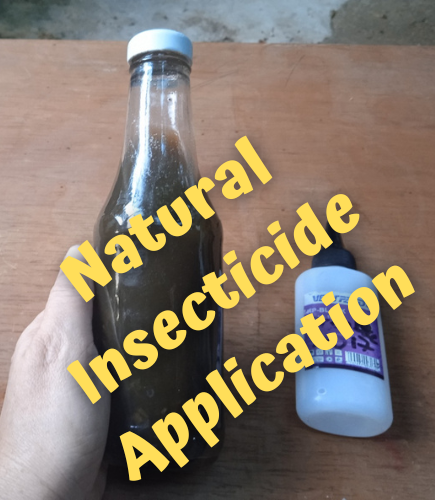

To start applying the insecticide that I made based on isopropyl alcohol, tobacco, garlic and blue soap, I waited four weeks for the ingredients to macerate well, mixing them into a homogeneous solution, thus guaranteeing 100% effectiveness. I proceeded to take an old bottle of printer ink, and I selected this bottle for the type of mouth it has, in the form of a beak, which at the time I thought was the ideal way to apply this insecticide, because the lemon tree at that time was full of flowers, and I wanted to put the mixture in specific places, and without sprinkling, in such a way as to avoid frightening the bees and other pollinators; however, choosing this bottle shape was a mistake, as you will see later.
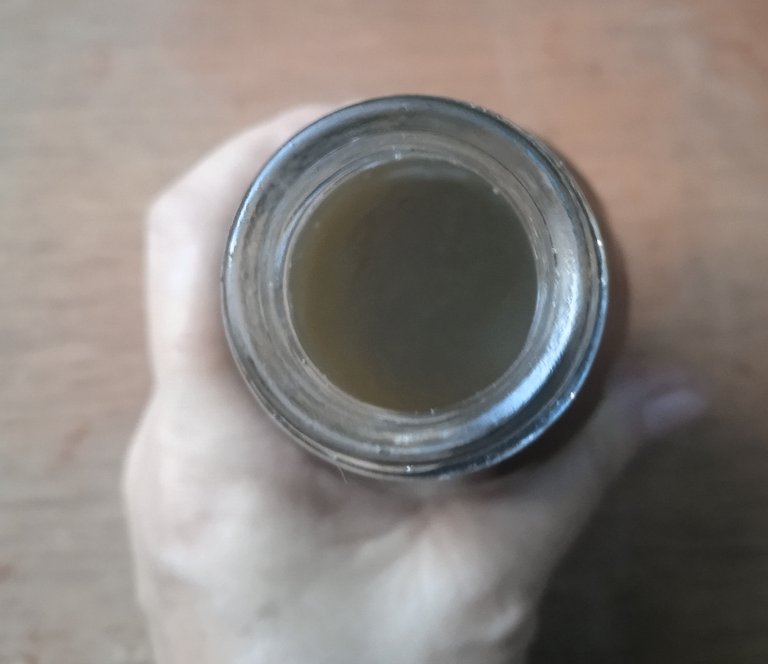
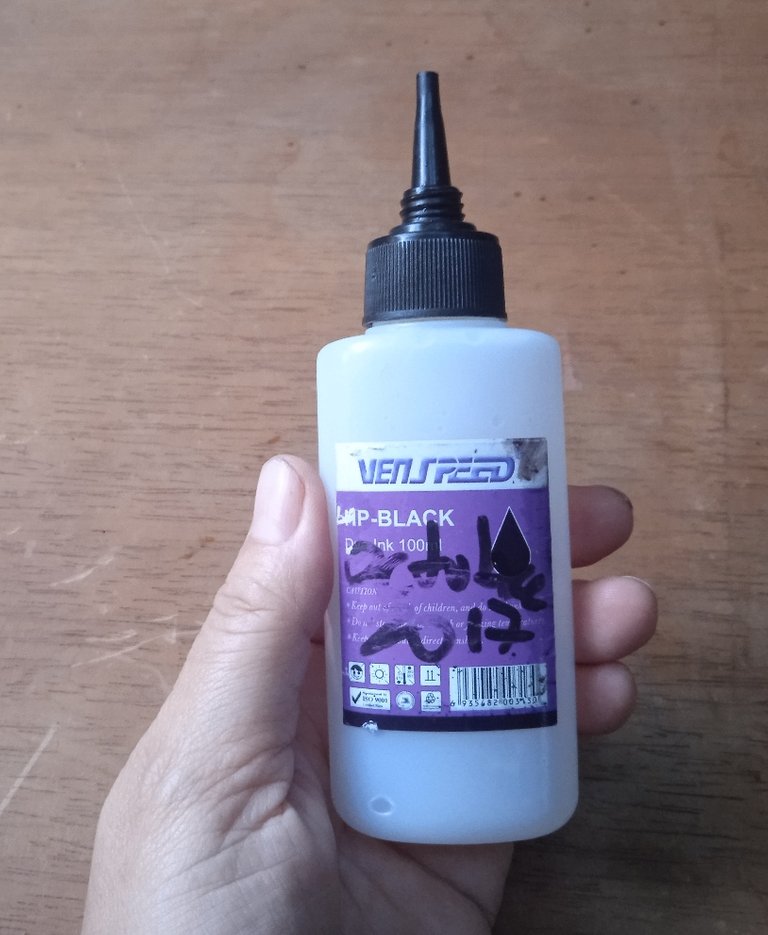

I proceeded to mix the insecticide at 50%, that is, a part of water and another equal part of the preparation, then I stirred to homogenize and applied to the trunk and branches, which were really covered with white lice. I did this on March 8, 2022, trying to cover all the diseased parts of the plant. You can see the photos below:
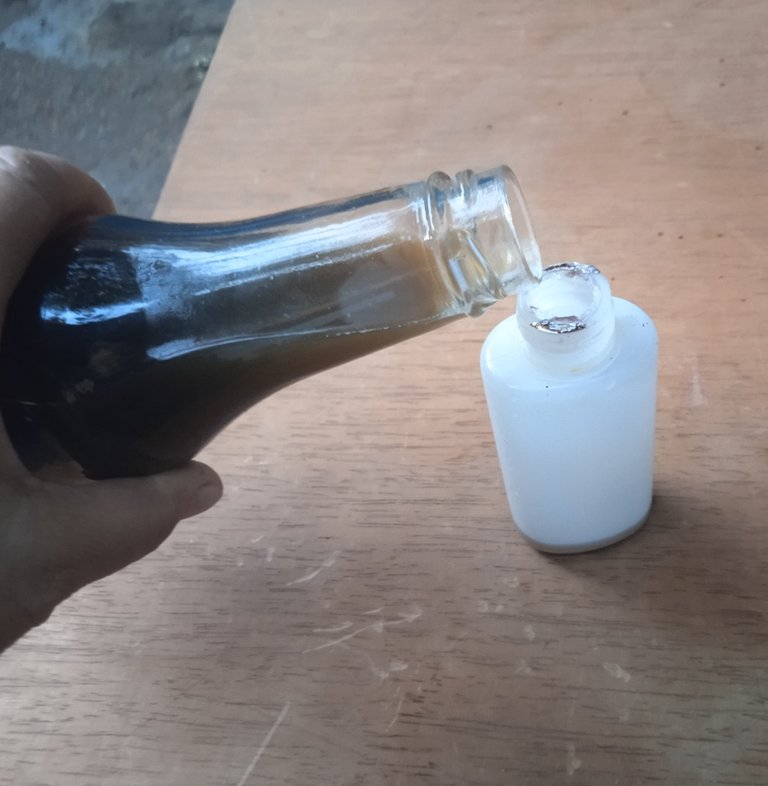
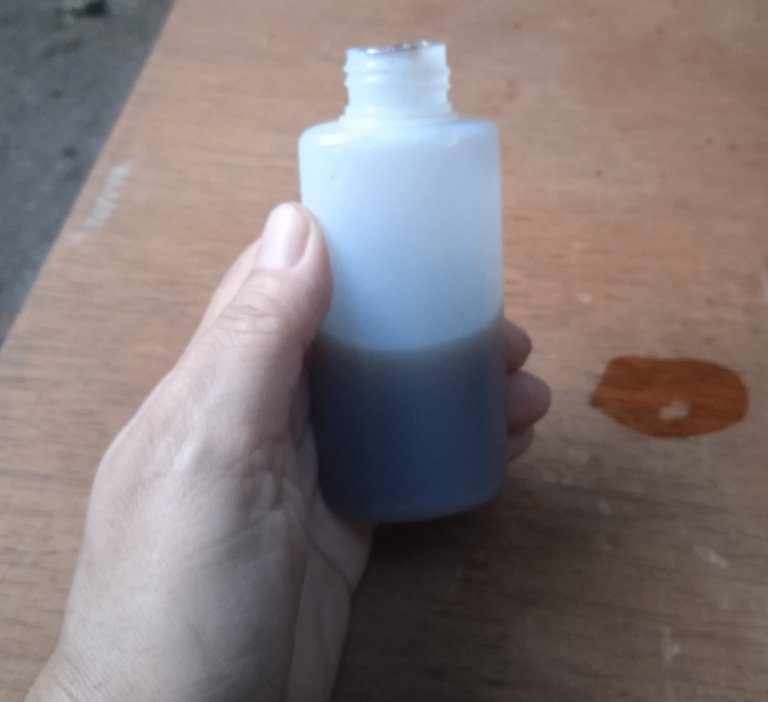

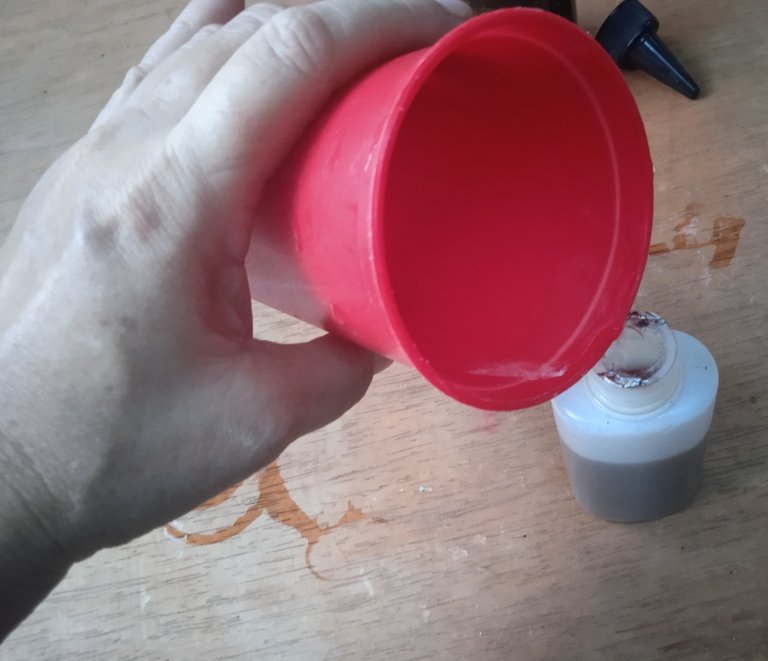
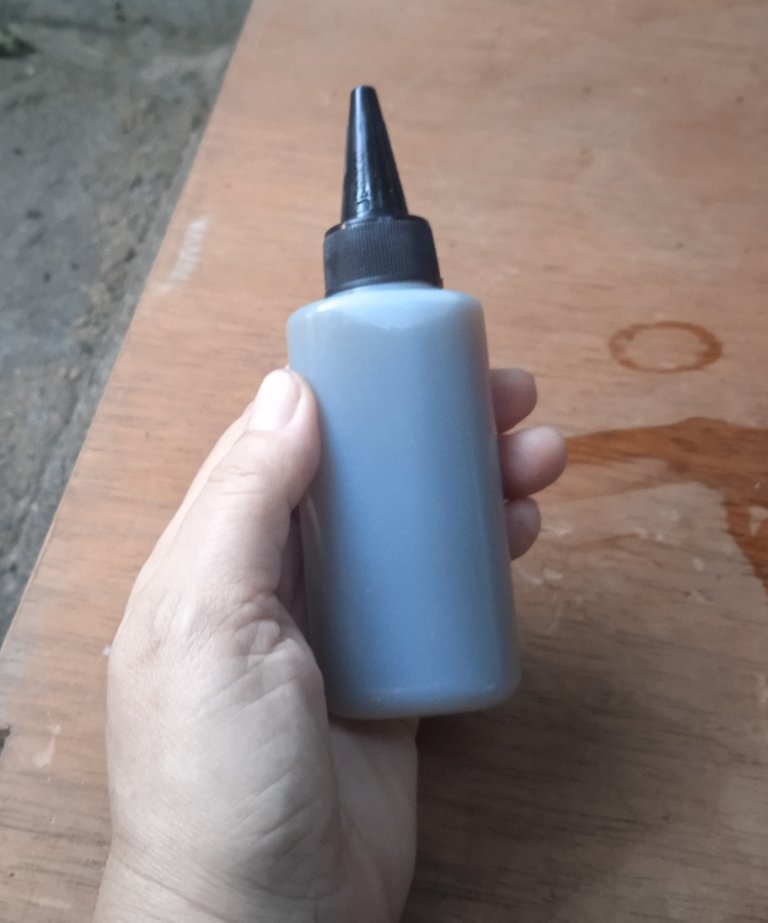
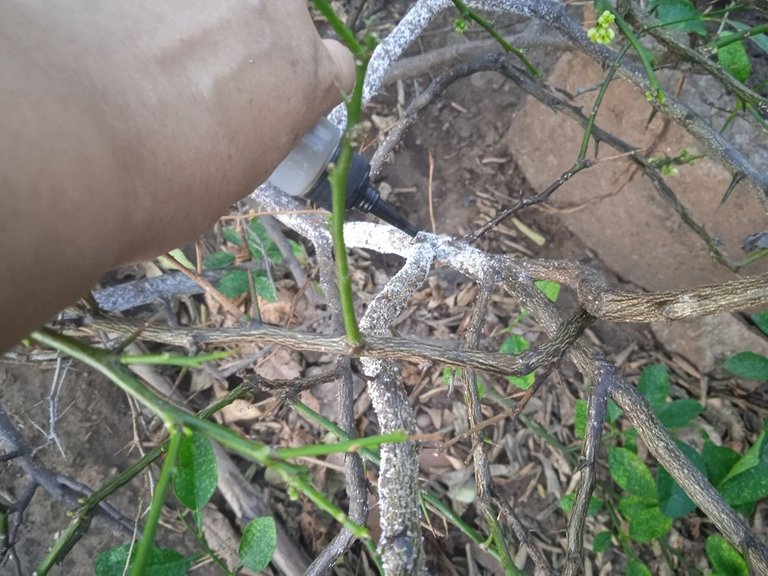

This application was made every 2 days, at sunset, in the hope that the fruits of the lemon tree would be saved and that its flowers would give more lemons. These photos are from March 12, 4 days later, that is, this was already the third dose of the insecticide. As you can see, at that time it had flowers, fruits and the white lice population had partially decreased.
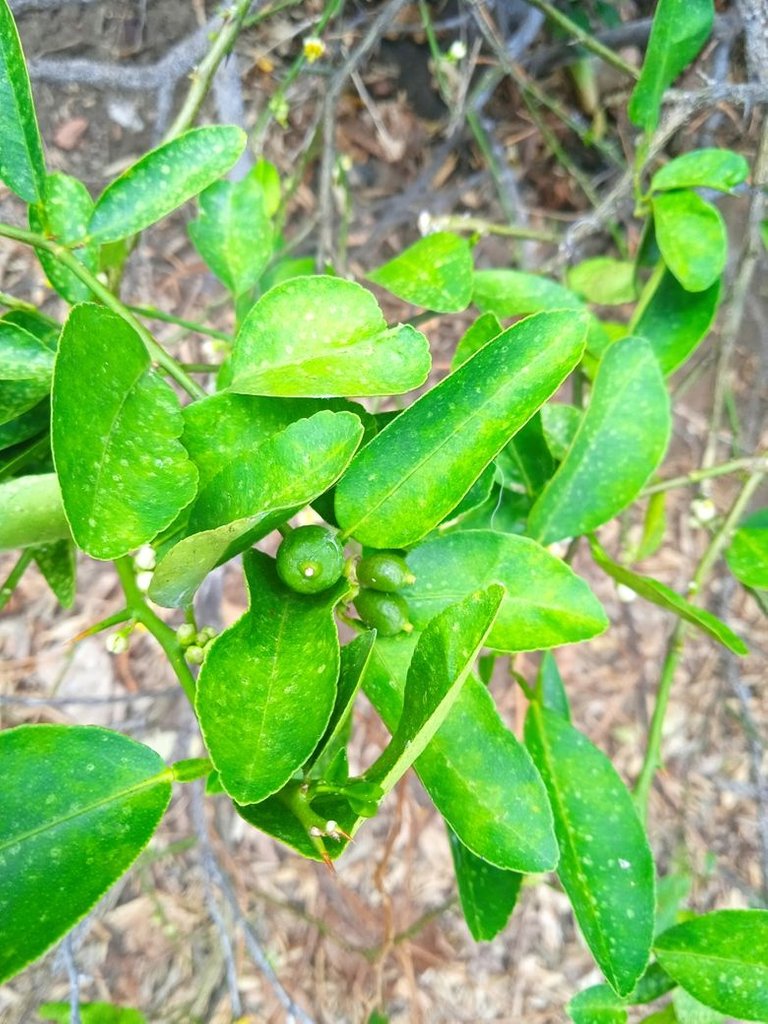
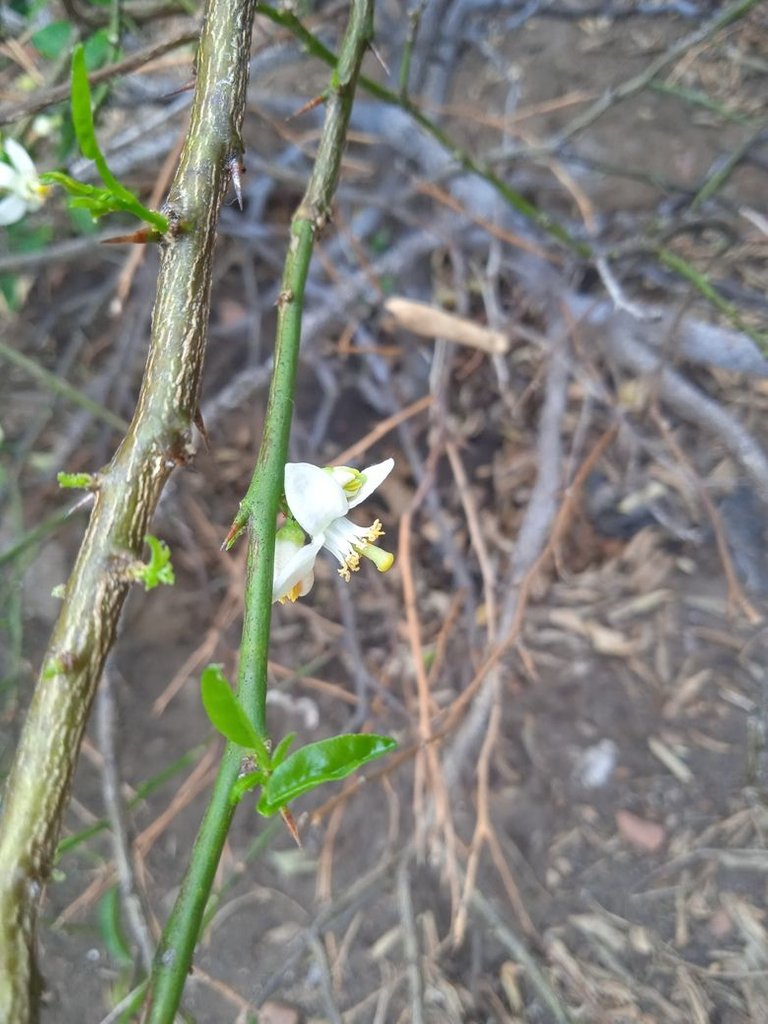
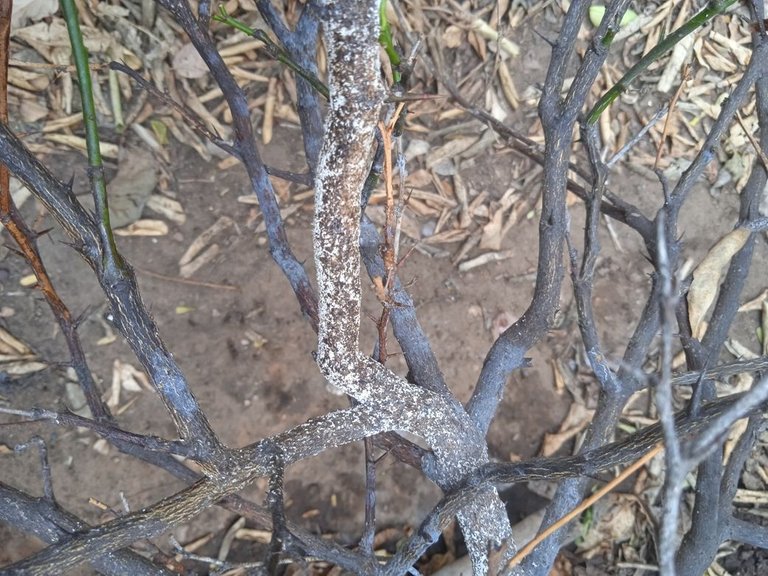

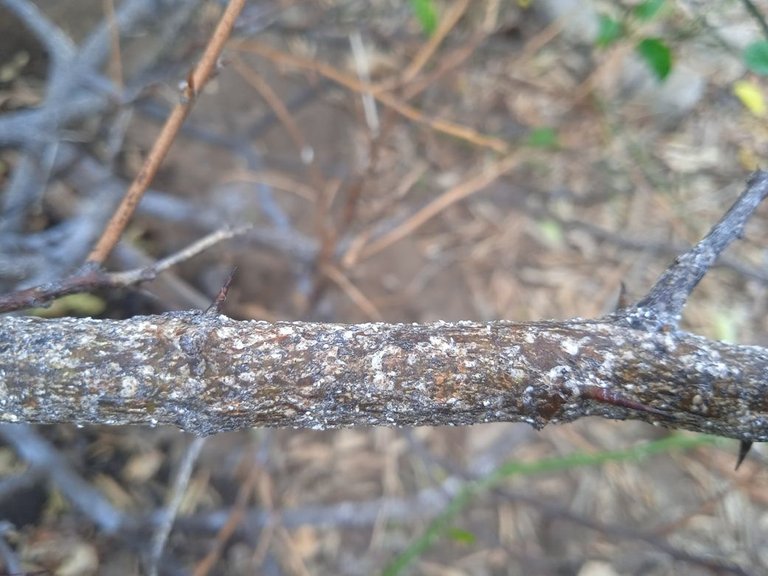
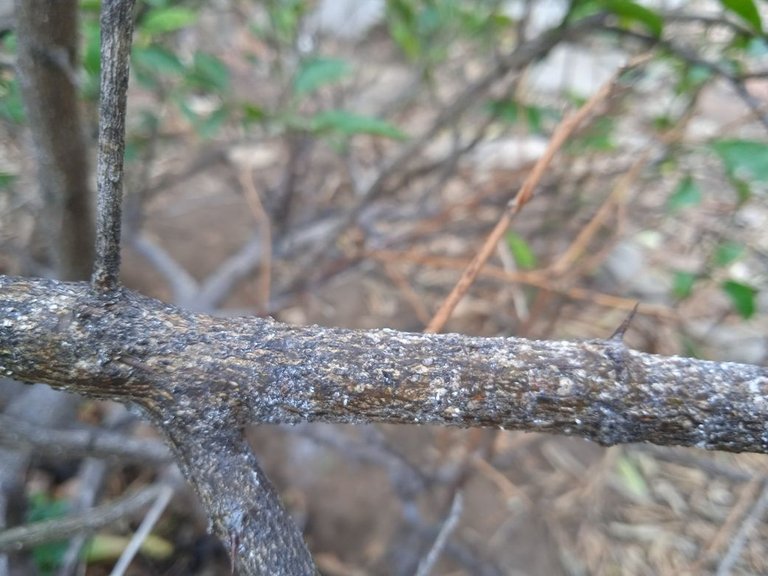

Continue to apply the insecticide to 50% every other day; however, by this point I had done more research on the subject, and I read that adding a few drops of oil (vegetable or mineral), to this type of compound, favored a better fixation to the surfaces of the plants, prolonging their time of action; so I proceeded to add three drops of baby oil to each 100 ml bottle of natural insecticide, which was what I applied. The following photos are from March 17, 2022, by this time the reduction in the population of the white louse was more noticeable, as you can see in the following photos, the plant still had fruits and flowers. However, and to be honest, from the first application I saw that the bees and other pollinators were absent from the lemon tree, which is why at this point I tried to pollinate its flowers using a cotton swab.
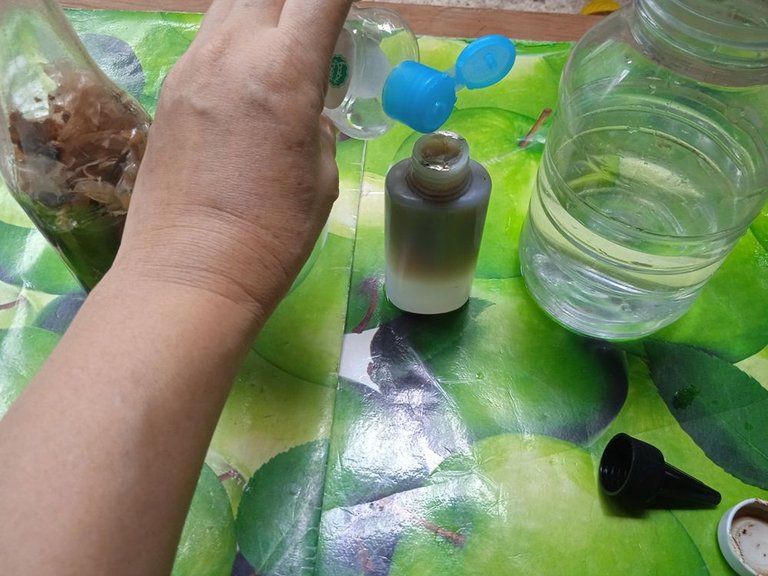
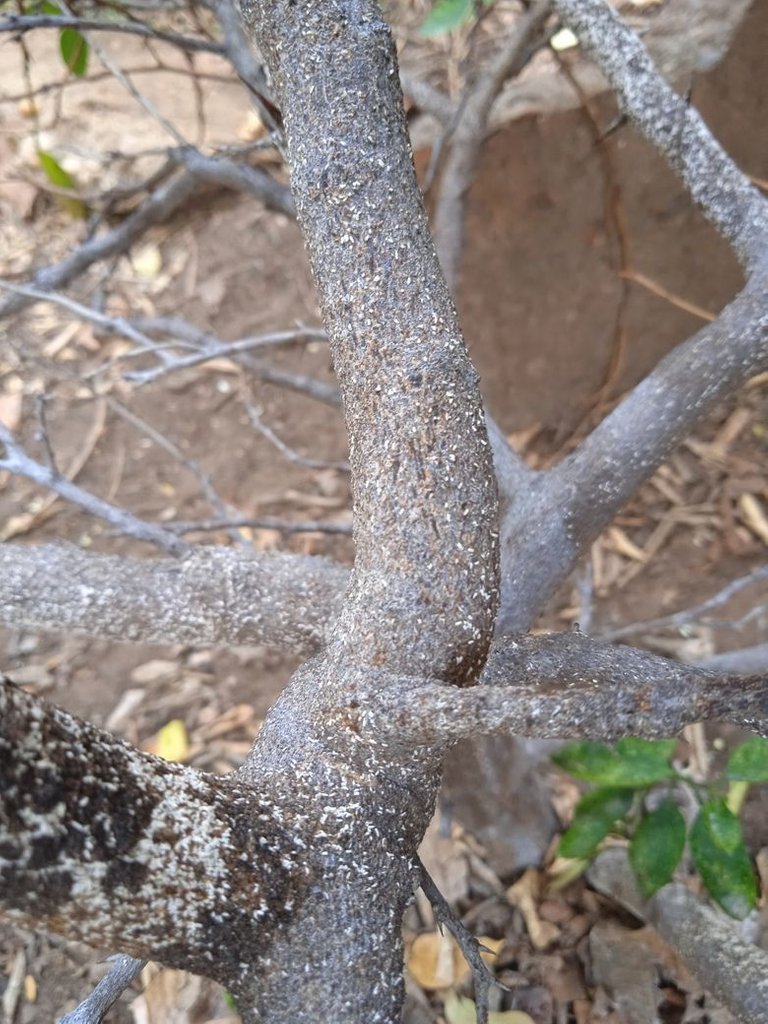
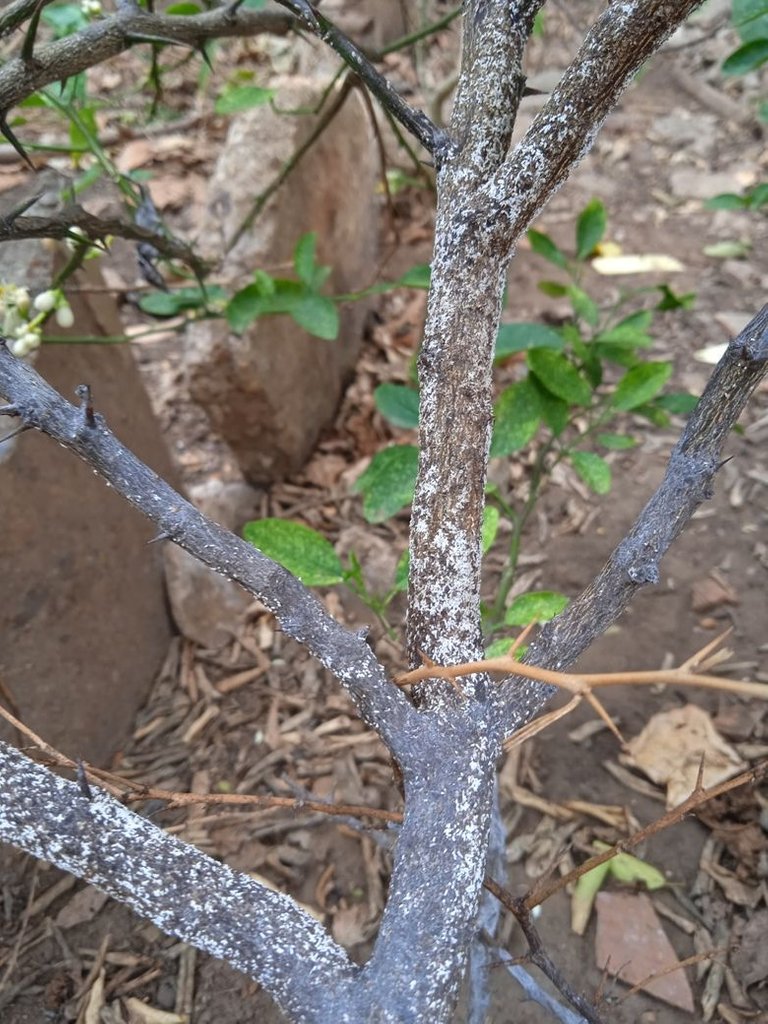
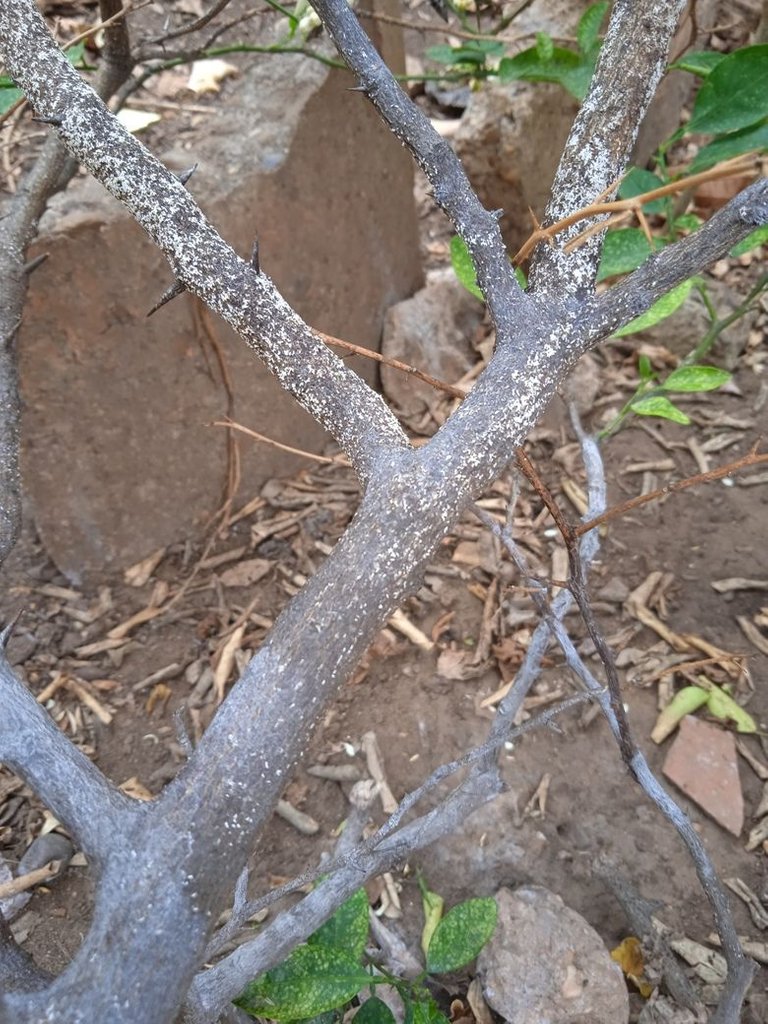

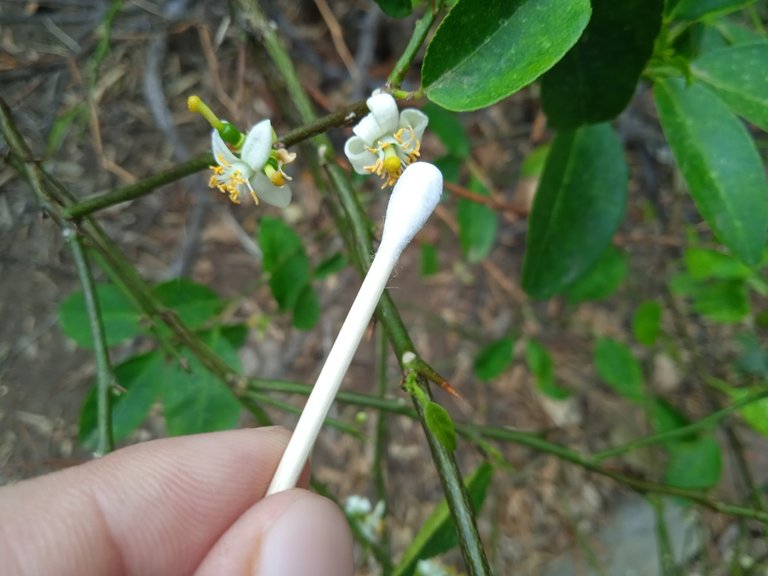
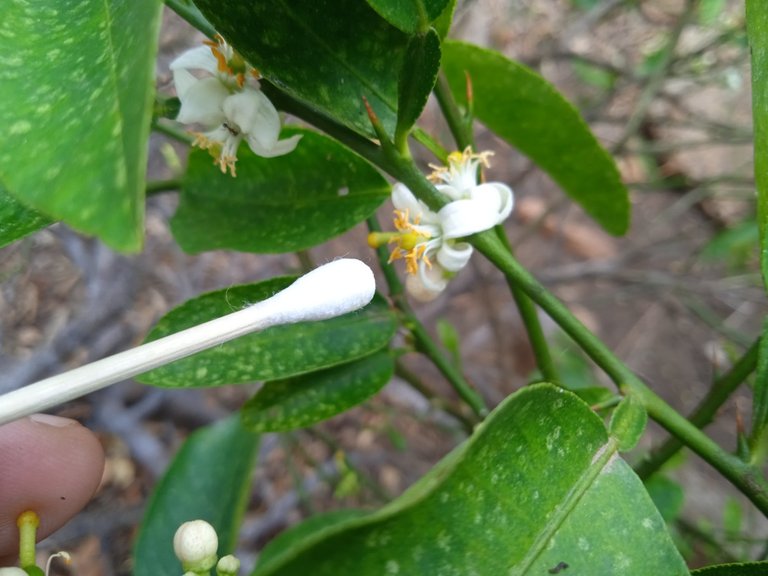

Now, to March 31, 2022, I stopped applying the natural insecticide, and this happened because the plant began to dry out, it was dying, and I attributed it to an incorrect application of the insecticide. Do you remember that I commented at the beginning of the post that it had been a mistake to have chosen that dispensing bottle? Well, it turns out that although it is true the bottle made it possible to apply the insecticide to the trunk and thick branches of the lemon tree, (which by the way, it is a dwarf), it also had the disadvantage that a large part of the liquid drained towards its roots, and this dried up the little tree, since it had tobacco and alcohol; and it lost not only the flowers and the fruits but also withered in great part; It would have been more appropriate to use a small sprinkler that would disperse just the right amount of preparation without affecting the soil and roots. Another error that I consider I had in this treatment was the frequency of application, since it was very frequent, very high, every two days was very close, the ideal would have been every four or five days. Below you can see a small progression of how parts of its branches withered, although in April 2022 I did not take photos, because it made me very sad, I thought my lemon tree would die. Already with the arrival of the rains it has strengthened a little.
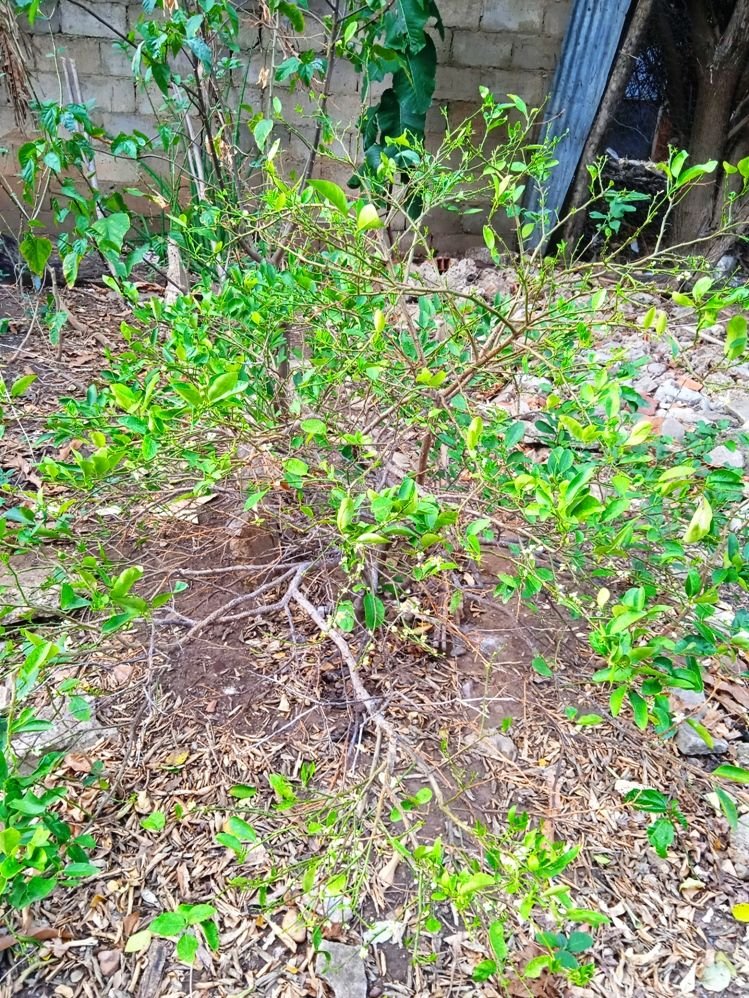
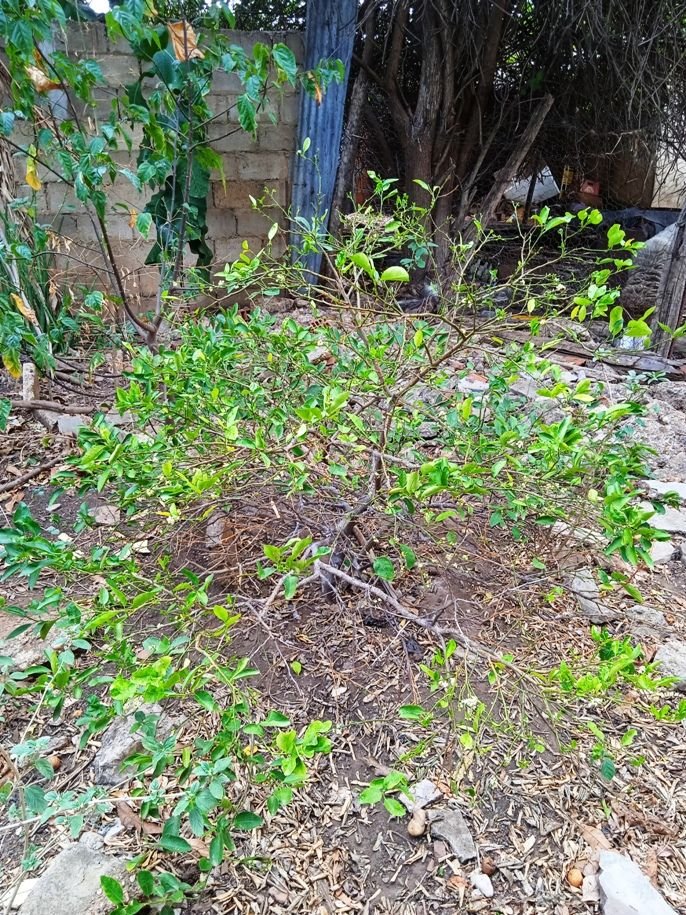
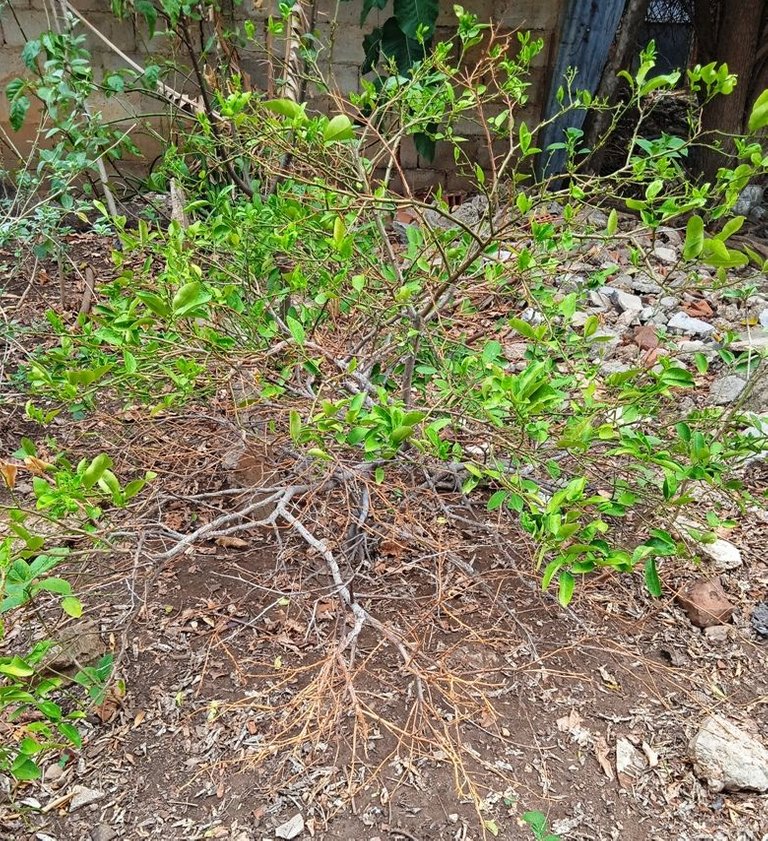
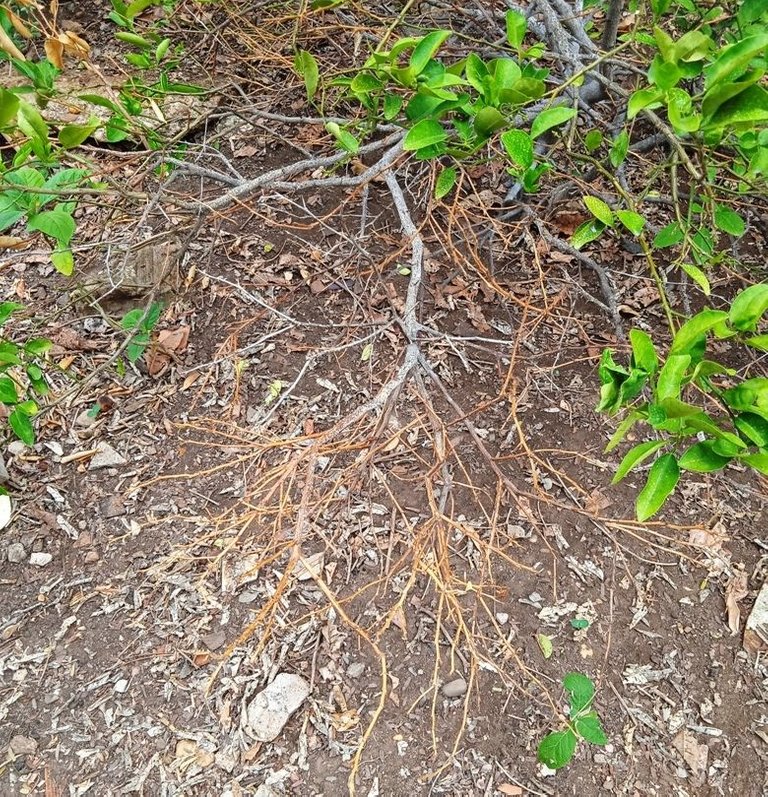

CONCLUSION: This insecticide is effective against white lice, although I could not prove it 100% because I interrupted the treatment, it did reduce the population of these insects during the first week of application. However, it is necessary to use a fine-jet sprinkler to place it in the diseased areas of the plant, and distance the application days to every four or five days. If the plant is in bloom, avoid using it, but if it is very infested and treatment is urgent, forgot the possibility that its flowers will be pollinated, unless it is done manually.

Here I end this post, which I did as an experiment of a natural alternative to control certain pests in plants and crops. Soon I will be publishing other biological insecticides. I hope this information is useful for everyone.

Todas las fotos de este post son de mi autoría y fueron tomadas con mi teléfono Xiomi REDMI 8 A // These photos are my own, and were taken with a Xiomi REDMI 8 A phone
Los divisores son cortesía de @eve66 quien comparte bellos diseños que embellecen el maquetado de nuestras publicaciones. // The dividers used are courtesy of @eve66 who shares beautiful designs that embellish the layout of our post.
En caso de que se requiera utilizar el contenido o las imágenes de este post y de mis otras publicaciones, agradecería que se hiciera referencia a mi autoría (Fabiola Martínez) y se citara el enlace correspondiente. Gracias. // In case it is required to use the content or images of this post and of my other publications, I would appreciate if you could refer to my authorship (Fabiola Martínez) and cite the corresponding link. Thanks.


Find our community here.
Curation Trail

Hola 😊 Que bueno que estes pendiente de tus plantas... Contestando tu inquietud existen muchos factores para que una planta se seque, incluyendo la exposición al sol, falta de riego, adaptacion, plagas etc.
Es posible que ligaste muchas cosas al mismo tiempo, además las porción en la dilusión no sea la correcta, tomando en cuenta que tienes 3 componentes naturales dominantes en la preparación.
Prueba con diluir en porciones de 1:10 o 2:1 es posible que te puedas ayudar
tambien de utilizar un envase de spray para que el tamaño de las gotas sea menor con respecto a la superficie e incluso varia la frecuencia de aplicación así como el horario de hacerlo, trata que no sea a pleno sol, ya que las gotas tendrian una función de lupa y quemarian las hoja de tu planta.
Por otro lado, lo maximo que escuchado en tratamientos naturales es clara de huevo a las hojas o aceite vs jabon azul.
También pudieras hacerle el comentario amablemente a nuestro compañero @abneagro (aprovecho de saludarlo cuando lea esto ajaja) él tiene conocimiento sobre insectos y pudiera darte su opinión o con @capp (Saludos) creo que le he visto publicaciones sobre plantas.
Bonito día 🤗
MALOMI TV ❤️
Hola @malomi, ¡que gran comentario! Muchas gracias. Sí, estoy pendiente de mis plantas porque las quiero y obtengo muchas cosas de ellas, son parte del hogar y de la familia.
Obviamente que además del inadecuado uso del preparado, estuvo el estrés hídrico que sufrió el limonero en los meses de verano, y el piojo blanco que le extrae la savia. Probaré posteriormente (cuando la planta esté totalmente recuperada), y si persiste el piojo blanco, a ver si es efectivo el preparado.
Desconocía lo de la clara de huevo, es bien interesante esto. Me gustaría saber la opinión de @abneagro y @capp, (no sé si ellos son Ingenieros Agrónomos o son especialistas en Entomología), sobre el tema del piojo blanco y especialmente sobre la cochinilla algodonosa.
Muchas gracias por los consejos, los tendré en consideración. Saludos.
Con mucho gusto te ayudo... En el caso @abneagro se que es ing. agronomo y tiene post relacionados a insectos, revisa su perfil, en el caso de @capp desconozco su profesion pero se que publica sobre esos temas...
Por otro lado para que evites el extres hidrico cuando no hay sistema de riego permanence, pudieras colocarle una botella de agua boca abajo en la parte inferior de la planta a la altura de las raices y le abres un poquito la tapa para que vaya botando aunque sea 1 gota, con esto vas a ganar tiempo de frecuencia de riego, tambien pudieras abrirle huequitos al costado de la botella enterrarla cercano a las raices de la planta y abres la tapa y la llenas de agua. Procura regar la planta en la mañana temprano o en la tardecita para que aproveche la mayor cantidad de agua y no se evapore.
Otra cosa importante que debes tomar en cuenta es que la planta se vea decaida, aparte de todo lo que ya hemos hablado, tambien pudiera ser falta de nutrientes no estaria mal tomar en cuenta un abono o pastillas de vitaminas.
Como ya sabes la especie ayudate buscando los requerimientos hidricos y de vitaminas y/o minerales, frecuencia de riego, ciclo de la planta... etc
Un abrazo @sirenahippie 🤗 ¡Que todo salga bien!
Muchas gracias por esta valiosa información @malomi, trataré de aplicar estas sugerencias. Saludos.
Es muy interesante la información slbre este insecticida, me interesa ese dato. lamento mucho lo de tu limonero . Espero que este mejor🤗
Hola @marbrym gracias por la visita. El limonero está en proceso de recuperación, ayer ví que tenía unos botones, pronto florecerá, el agua de lluvia es mágica para las plantas. Lee el comentario de arriba, el de @malomi, por si vas a usar este preparado, lo diluyas algo más por ejemplo la proporción de una parte de insecticida por dos de agua, suena sensata. Saludos.
Muy buena recomendación, muchas gracias ❤️
Hola @sirenahippie muy interesante publicación para el cuidado de las plantas, mi mamá tiene en el patio un árbol de limón que es muy popular, en varias ocasiones le ha caído piojo blanco, ella le aplica una mezcla de jabón azul con agua, y a los pocos días las plagas se van y la planta retoma su color y vitalidad, no recuerdo exactamente con que frecuencia aplica esta mezcla, pero es efectiva.
Espero que con las lluvias el limonero mejore y puedas cosechar nuevamente en tu solar frescos limones.
Feliz día!
Hola @belkyscabrera gracias por tu comentario, sería bueno saber la frecuencia con que tu mamá aplicaba la solución jabonosa a su limonero. Yo creo que las lluvias favorecerán mucho a este arbolito y al resto de habitantes del solar, ya que todo reverdece y está más fresco y amable. Saludos.
In the past, I Made natural insecticida from garlic and that was quite works for me, but just with small plant like small Citrus and Chili
Thanks for sharing your experience
Hi @anggreklestari, thanks for comment my post. Yes, I had read that the garlic works as natural insecticida, no toxic, no dead the bees. Greetings!
¡Felicidades! Esta publicación obtuvo upvote y fue compartido por @la-colmena, un proyecto de Curación Manual para la comunidad hispana de Hive que cuenta con el respaldo de @curie.
Si te gusta el trabajo que hacemos, te invitamos a darle tu voto a este comentario y a votar como testigo por Curie.
Si quieres saber más sobre nuestro proyecto, acompáñanos en Discord: La Colmena.
Muchas gracias por el apoyo, es muy valioso.
Your content has been voted as a part of Encouragement program. Keep up the good work!
Use Ecency daily to boost your growth on platform!
Support Ecency
Vote for new Proposal
Delegate HP and earn more
Gracias por el apoyo, es de gran ayuda.
This was informative and helpful! Thank you for sharing @sirenahippie ❤️✨
Hi @foodiechique! I'm glad that this information be useful for you. Greetings.